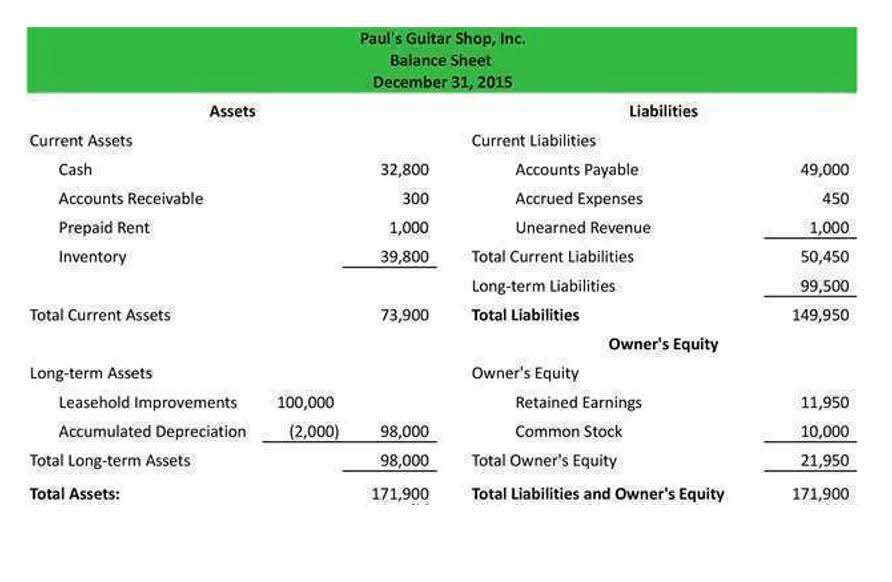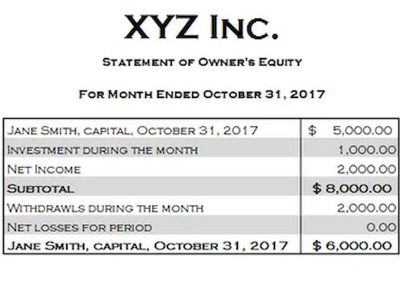Content

Standard costs for the actul output are recorded for each operation for each responsibilty centre. Actual costs for each operation are traced to each responsibility centre. standard costing system Variances are investigated and corrective action is taken where appropriate Standards are monitored and adjusted to reflect changes in standard usage and/or prices.
The primary goal for this standard costing technique is to assign an estimated cost to the organization’s products to scale the predetermined revenue. Standard cost is a normal expected unit cost that a business sets up. Standard cost is just an estimated cost of a product, there are several differences between them once the actual cost is obtained. So, it’s necessary to report the changes and the differences to the cost management department of the organization. Standard costing is a new technique of assigning a standard cost to a product instead of its actual cost.
Our Team Will Connect You With a Vetted, Trusted Professional
All the conditions, both internal and external, should be favorable and only then ideal standard will be achieved. Ideal standard is fixed on the assumption of those conditions which may rarely exist. Though this standard may not be achieved, even then an effort is made. The deviation between targets and actual performance is ignorable. In practice, ideal standard has an adverse effect on the employees. They do not try to reach the standard because the standards are not considered realistic.

For example, workers may put on a crash effort to increase output at the end of the month to avoid an unfavorable;;labor efficiency variance. There are many advantages of a standard costing system for businesses. Standard cost offers a criterion against which actual costs incurred by the business can be measured and analyzed. Standard costs are predetermined costs that provide a basis for more effectively controlling costs. Standard cost serves as a measure against which actual cost is compared.
Advantages / Benefit / Importance of Standard Costing System
For clear definitions of standard costs, the existing costs in general and the methods of allocation and apportionment of overheads in particular should be studied. (i) Ascertainment of various labour grades and requirement of their labour hours for each product. The standards of performance may be determined on the basis of time and motion study. At the same time obsolete standards lead to wrong conclusions and frustration.
- (f) It stimulates cost consciousness of all executives because in the variance analysis the responsibility for favorable or adverse performances is identified.
- It is presumed that conditions of production will remain unchanged.
- It is always difficult to determine precise standard costs in a given situation which will coincide with actual cost when operations are over.
- The administration of a company carries out standard costing.
- For example, McDonald’s has a standard for the amount of hamburger meat that should be in a Big Mac.
- While ideal standard is that which can be attained under the most favourable conditions, expected standard is that which is expected to be attained during a specified budget period.
Integration of accounts – Integration of accounts is facilitated through standard costing so that reconciliation between cost accounts and financial accounts is eliminated. (iii) Current Standard – This standard is fixed on the basis of current conditions and remains in force for a short period of time. (7) The recording process of standard costs should be easy and clear. Even when the overall objectives of the plan are achieved, some, if not all components of the performance will have varied from the sub-plans or standards that make up the overall picture.
Costing FAQs
Such fluctuating cost information is of little use in fixation of selling price. It does not provide any yardstick against which efficiency can be measured. It is unsuitable for price quotations, production planning and involves too much of paper work. Standard cost has also been referred to as cost plan for a single unit. This cost plan will give element-wise outline of what the product cost should be according to management’s thinking. It is based on certain assumed conditions of efficiency, economic and other factors.
For direct
labor, the committee determines that each unit of Widget A requires 3 hours of skilled labor at $25 per
hour. For manufacturing overhead, the committee estimates that the overhead cost is $30 per unit of
Widget A. This standard is established for an indefinite long period of time some base period.
It is difficult to apply this method where production takes more than one accounting period. Standard costing may not be effective in industries which deal in non-standardised products or jobs according to customer’s requirements. It is the difference between actual overheads incurred and the budgeted overheads based on standard (or allowed) hours for actual output. The object of variance analysis is to detect the operating problems and report them so that the corrective action may be taken where possible. Variances provide feedback information for management control. It is, therefore, necessary to note that the cost accounting department has no role to play in setting the physical standards.
- For direct labor, the standard cost is $75 (3 hours of skilled
labor at $25 per hour). - The standard costs for the actul output are recorded for each operation for each responsibilty centre.
- But this idea of efficiency does not prevail in estimated costs.
- Estimated cost is a predetermined cost for a future period under normal conditions of operations.
- To illustrate this point, the year 1984 is assumed to be the basis for comparison and calculation.
Standard costing serves as a reliable benchmark for measuring efficiency. By comparing actual costs to standard costs, management gains valuable insights into the performance of various cost centres. 4) Yardstick for Comparison – Standard Costing gives a suitable base for comparison of actual performance https://www.bookstime.com/ with predetermined standards. Standards can be fixed for any element of cost e.g., material, labour, overheads etc. Standard costing is a widespread and practical management tool. Since standard costs are determined in advance of production, they become an important yardstick for managerial planning.
